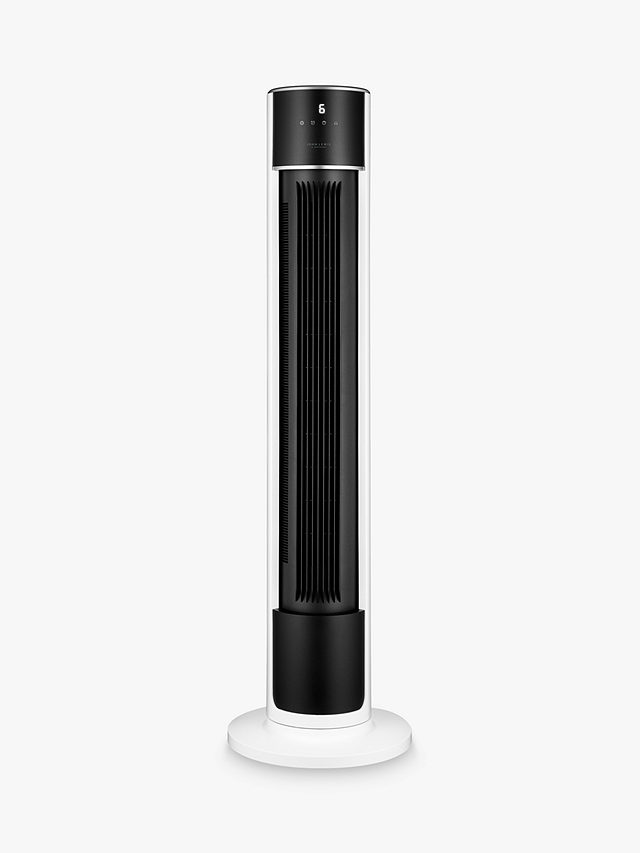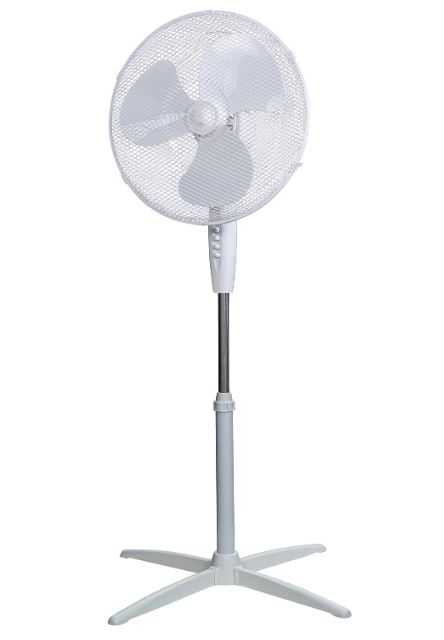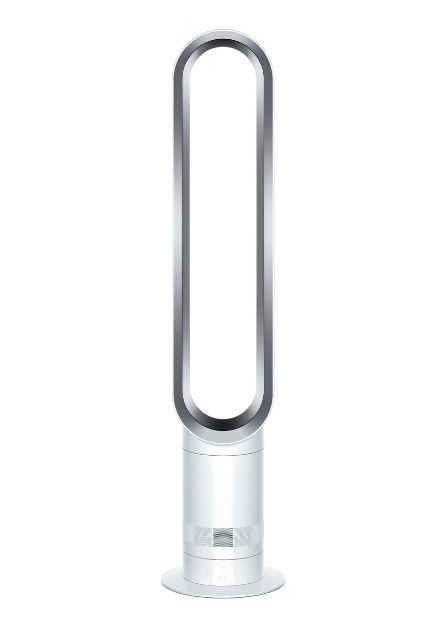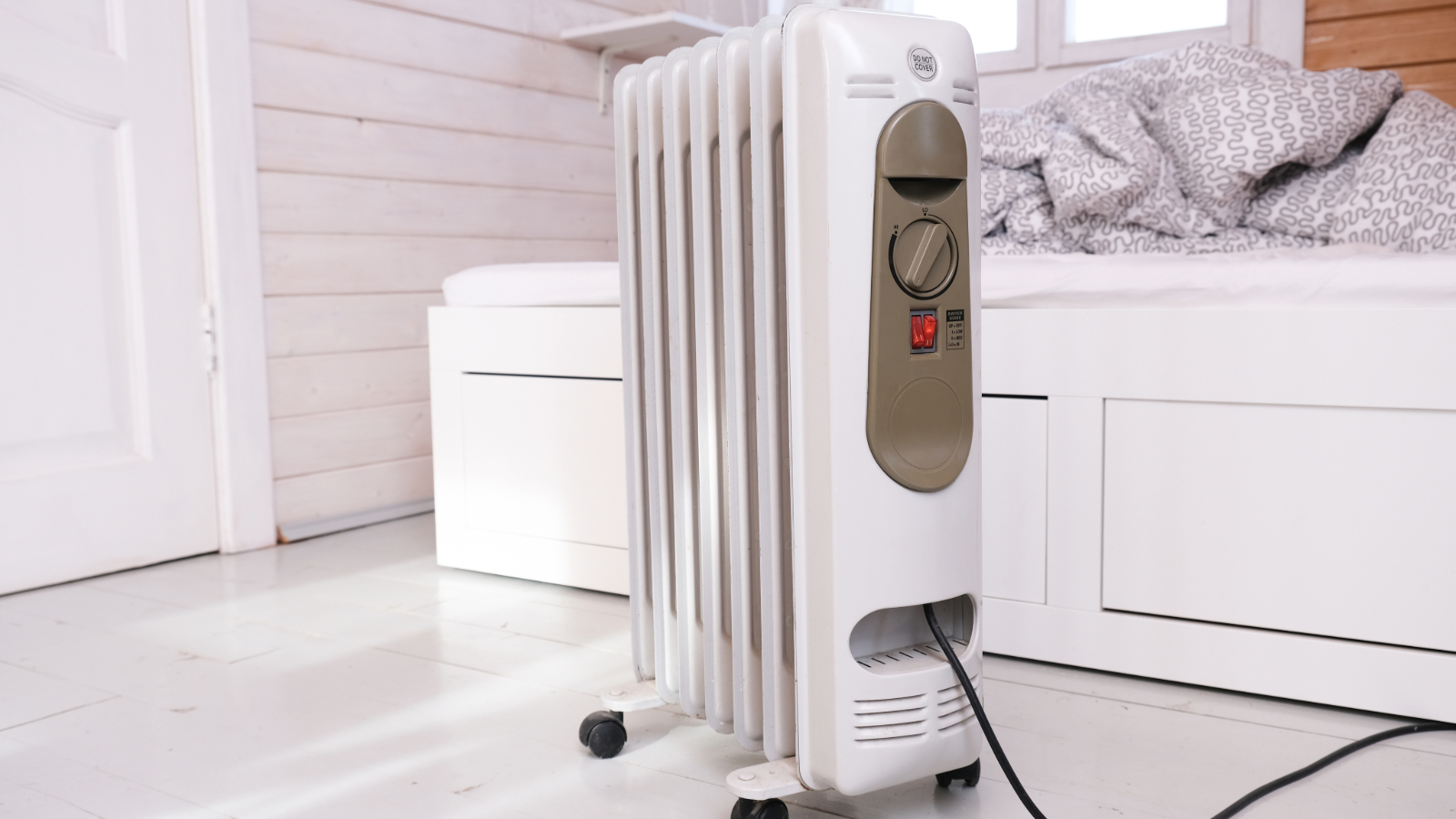Do you know how to keep a house cool? Here's 11 things you should be doing
When outdoor temperatures nudge the mercury over 30 degrees, it can be a challenge to keep your home cool. But it is very possible – here we take a look at 11 ways to do it
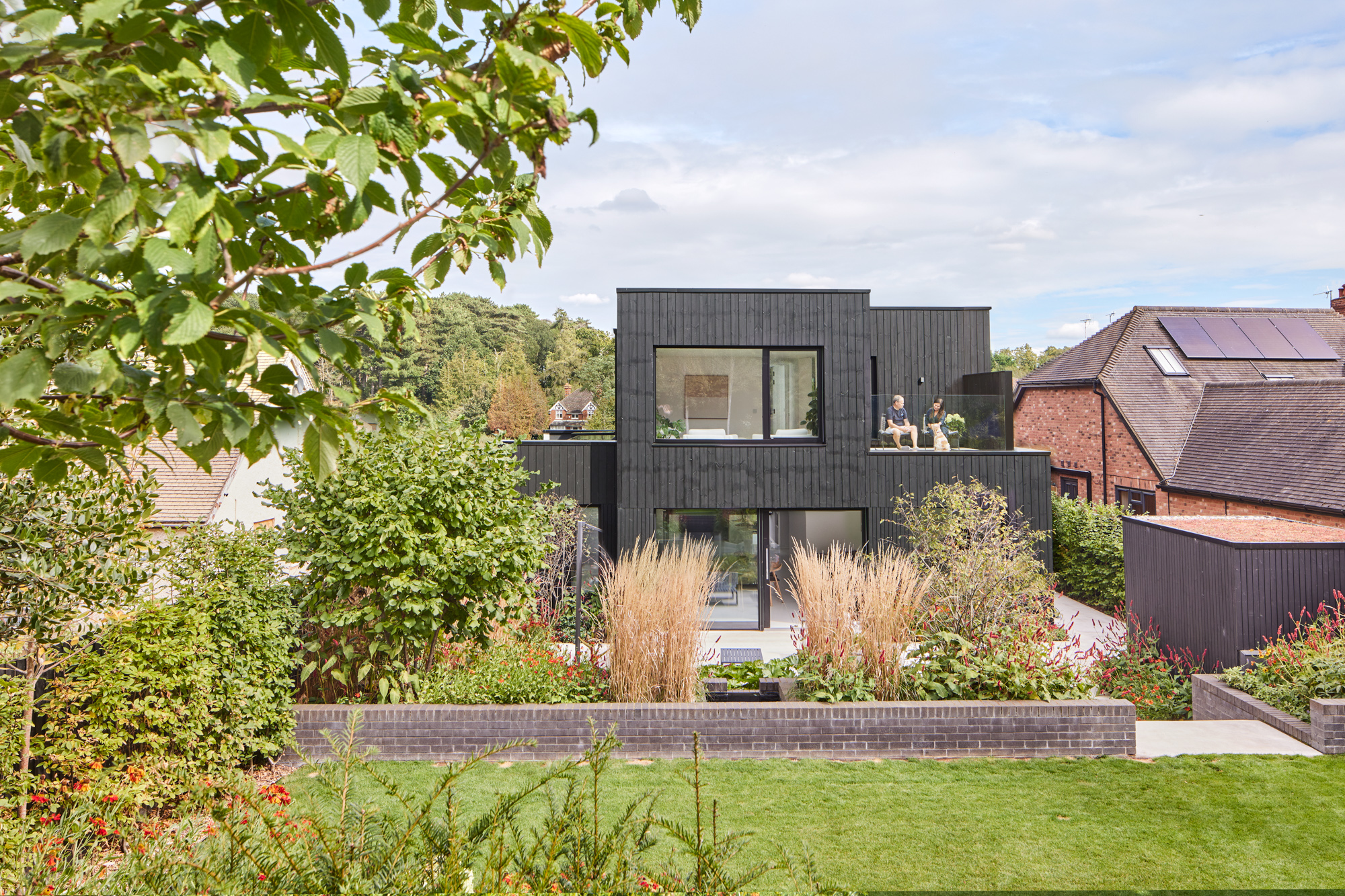
- 1. Take a fabric first approach
- 2. Create a cross breeze
- 3. Shade rooms with curtains or blinds
- 4. Cool a room with a fan
- 5. Add energy efficient windows
- 6. Upgrade loft insulation
- 7. Add air conditioning to your home
- 8. Invest in a ceiling fan
- 9. Turn off lights and appliances
- 10. Use awnings to create shade
- 11. Fit solar control window film
How to keep a house cool might be something you first consider when temperatures start to soar in the summer months, but it is actually something all self builders and renovators should consider before getting stuck into their project, regardless of the time of year.
Adding plenty of glazing to your new extension can look fantastic, but if you don't consider how to prevent overheating during the design phase of your build, your stunning new addition could quickly become too hot to enjoy in the summer. And it can be an easy fix, for instance using solar control glass or positioning it in a way that takes advantage of shading when temperatures hit more than 20 degrees.
Here we've gathered up a collection of ways to keep a house cool in summer, from easy to implement hacks through to taking a fabric first approach to house design, we've got it all covered.
1. Take a fabric first approach to design
One of the best ways to prevent a house from overheating is to take a fabric first approach to its design. This basically means you use the design, components and materials of the house –the items that make up the building's fabric – to maximise its performance. Although this is an idea that will work best for self builders – and is now enshrined in the Building Regulations Part O – it can also be used when adding an extension and, to a degree, by renovators too.
Incorporating shading into the house's design, such as overhangs or a brisé soliel, using windows with low g-values, recessing windows, building balconies to shade the glazed areas below and orientating the building to benefit from shading by nearby buildings and trees are all great ways to ensure your house stays at a comfortable temperature year round.
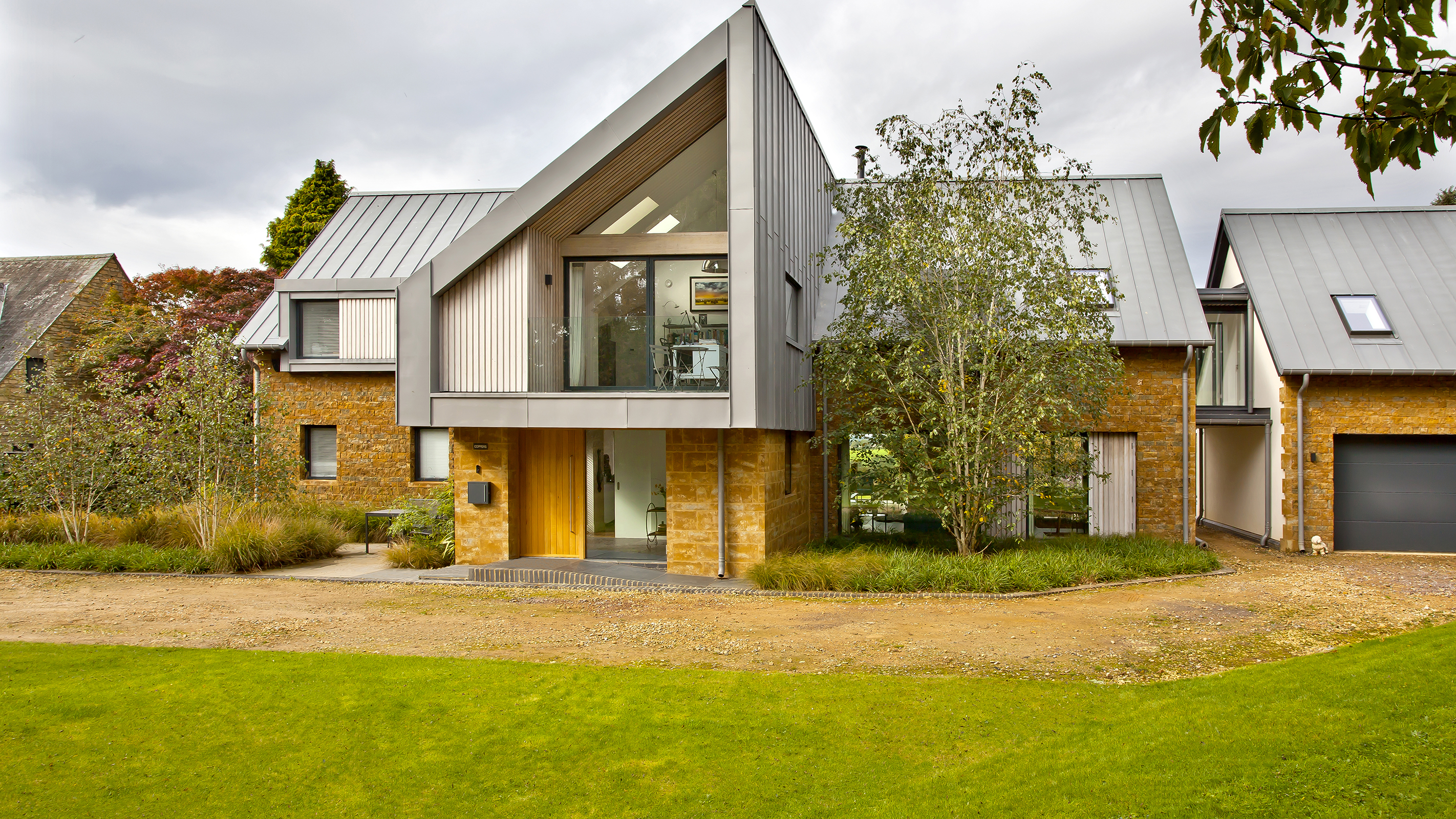
2. Create a cross breeze
Creating a cross breeze or cross ventilation in your home, or in just one room, is a cheap and effective way to cool your rooms naturally.
In order to make this cooing magic happen, open the windows on the side of the house that the wind is blowing from – then simply open the windows or doors on the opposite side of the space. If you only have windows on one side of the room you are trying to cool, open the door on an opposite wall instead and open the window in the next room along.
Bring your dream home to life with expert advice, how to guides and design inspiration. Sign up for our newsletter and get two free tickets to a Homebuilding & Renovating Show near you.
By doing this you will create a current of air that sweeps across the room. This natural ventilation will take hot, stale air with it and expel it through the opposite opening.
Certain types of window are more effective when trying to cross ventilate a room than others – top hung windows and sash windows are ideal. As hot air rises, by opening the lower section of a window on the side of the house the breeze is coming from and then the top half of the opposite window, any warm air that has gathered towards the top of the room will be forced out.
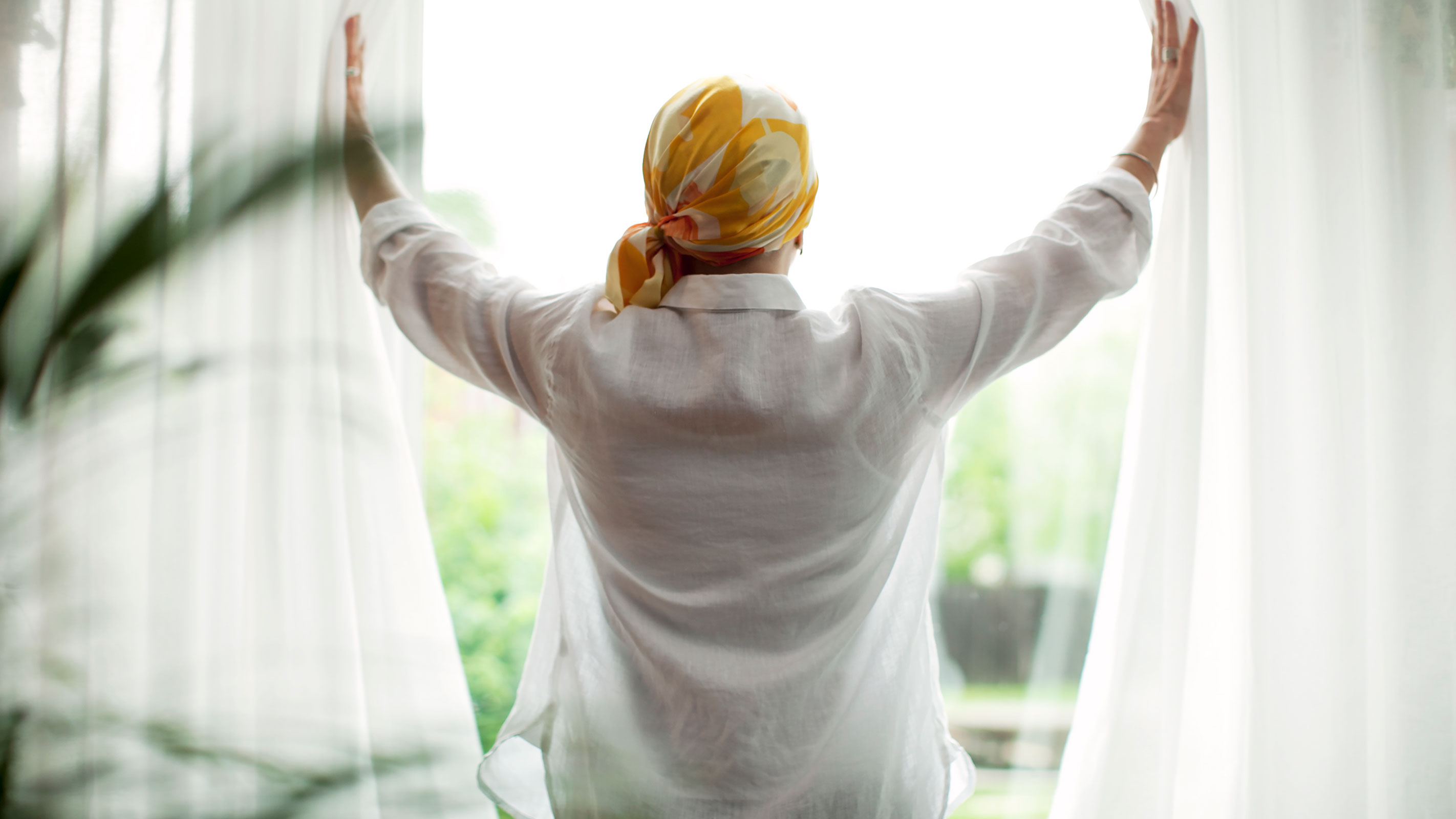
3. Shade rooms with curtains or blinds
This may be an obvious tip but it is a good one nonetheless. Drawing your curtains or pulling your blinds in the rooms subject to the greatest amounts of sunlight will really keep them cool – this is particularly important in bedrooms that get the sun throughout the afternoon if you want them to be bearable sleeping spots when night falls.
You can boost the effectiveness of this tip by investing in thermal blinds and curtains, or blackout versions.
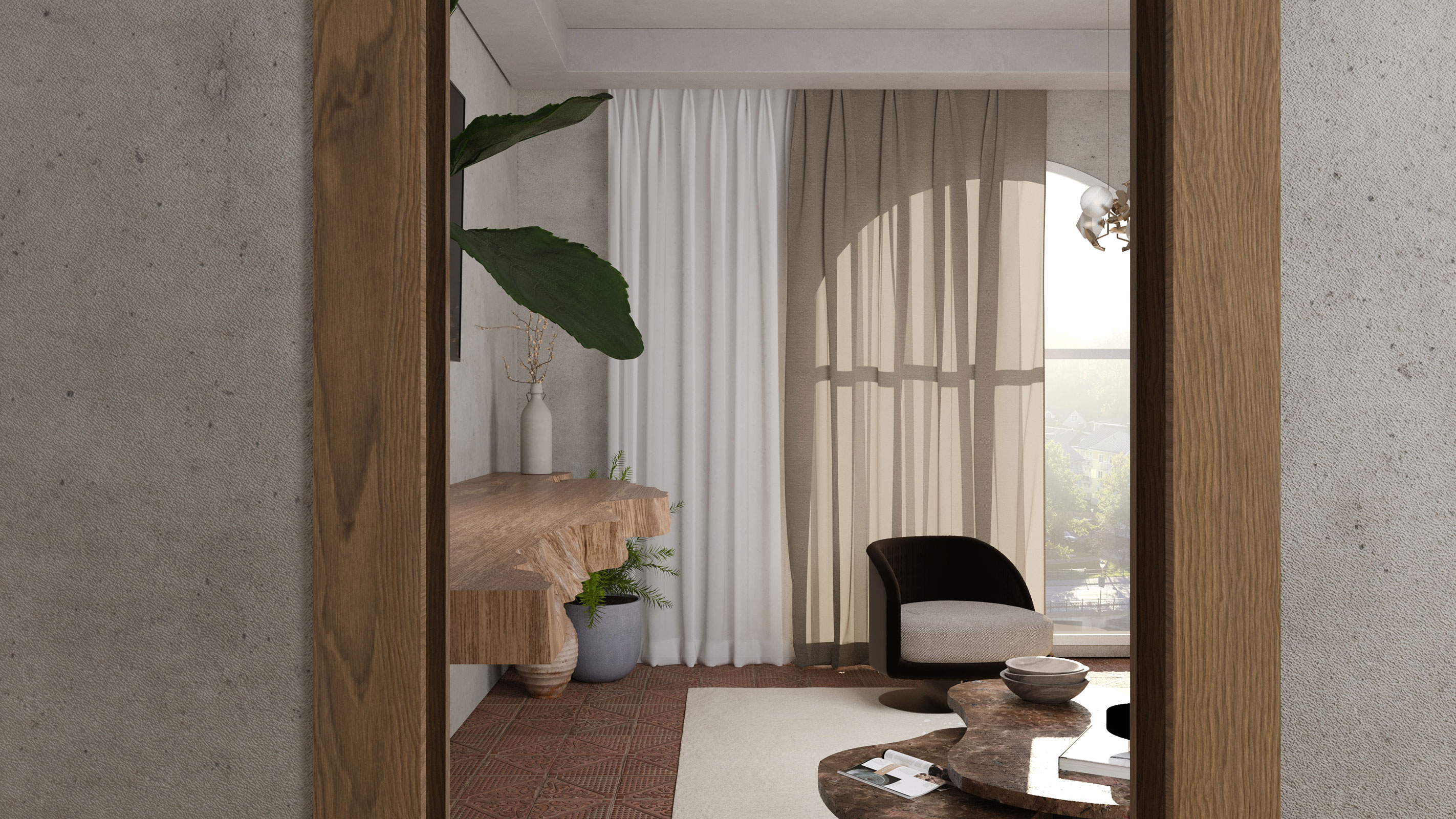
4. Cool a room with a fan
This might not be the most energy-saving way of cooling a house out there but an electric fan directed wisely can really offer a huge amount of cooling power on hot nights.
Given their high energy consumption, it pays to ensure you are using them in the most effective way possibly. Direct them upwards to make the most of the cooler air in your home, which will settle at floor level, and ensure no large items of furniture are blocking the flow of air produced.
The Honeywell TurboForce Power Fan from Amazon is highly praised by users for its quiet operation and effectiveness.
You can also turn a regular fan into an 'ice fan' for a lovely chilly blast, explains Homebuilding & Renovating's website editor Amy Willis. "Simply position a bowl of cold water filled with ice in front of the fan blades and the fan will blow air over it. The air twill become cooler as it passes over the cold ice, creating a cooling effect in the room."

Amy has been website editor for Homebuilding & Renovating for over two years. Before this she spent over a decade in London editing and writing for The Daily Telegraph, MailOnline, and Metro.co.uk before moving to East Anglia where she began renovating a period property in rural Suffolk. She largely focused on using natural materials, such as limestone, oak and sisal carpet, to put character back into the property that was largely removed during the eighties. She often writes about the renovation for the website.
Our pick of the best cooling fans
5. Add energy efficient windows
While you may only have thought of double and triple glazed windows as methods of keeping your house warmer in winter, they can also keep it cooler in summer.
These types of glazing basically stop heat transferring from inside to out and vice versa.
If you want to take your glazing upgrade one step further, if perhaps you are self building or extending or taking on an extensive renovation project, you might like to consider solar control glass.
6. Upgrade loft insulation
If you have ever ventured into your loft on a hot day you may have been greeted by a blast of hot air. Likewise, have you ever noticed how your upstairs rooms get warmer than those downstairs?
One reason for this is that as the sun shines on to your roof (particularly if your roofing materials are dark in colour), heat is absorbed and transferred into the loft space. Without proper loft insulation this heat will then radiate into your upstairs rooms.
Once you've found out how to insulate a loft (which is a task within the remit of most DIYers) it's worth noting that rolls of insulation should be laid to create a depth of 250 - 270mm thick, laid evenly across the loft space.
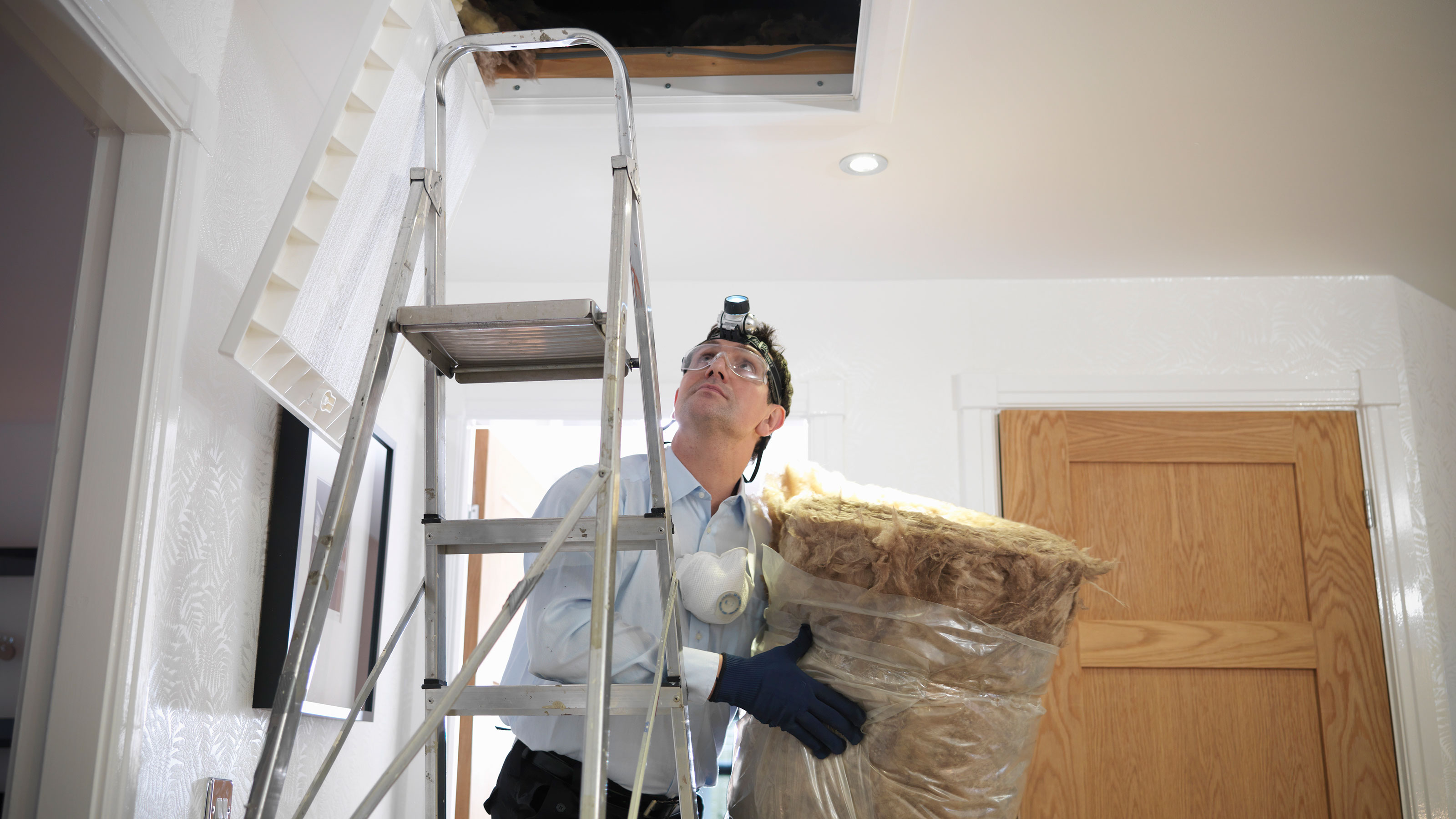
7. Add air conditioning to your home
Choosing to include air conditioning in you home design when building a new home is a great way to ensure your home remains cool throughout the summer, and is kept at a consistent, comfortable temperature.
Retrofitting air conditioning into your home can be a little more challenging – and potentially expensive if your existing household structure isn't ideal for the ducting that is often required for an air conditioning system. A wall-mounted air conditioner can be an alternative solution or another cost-effective option can be portable air conditioning units.
The best portable air conditioners are one up from an electric fan when it comes to their cooling abilities. But unlike electric fans, which simply blow air around the room, air conditioners actually lower the temperature. They work by taking in air, passing it through a compressor before blowing the cooled air out.
To ensure you are getting the most for your money (good quality models start from between £200-£500 depending on size) pick on that is big enough for the space you want to cool.
Portable air conditioners are rated in British Thermal Units (BTU) – the higher the BTU the larger the space that they can cool down. An air conditioner with a 9,000 BTU rating would work in a room of approx. 21m2.
Do bear in mind that portable air conditioners need to be vented to outside, where the warm, stale air will be expelled – through a window or wall, for example.
8. Invest in a ceiling fan
Ceiling fan designs have come a long way since the 1970s and there are now some great contemporary models that can really boost the style credentials of your home, as well as how comfortable it feels in hot weather.
Like electric fans, ceiling fans do not actively lower the temperature of a room, they simply create a welcoming breeze.
The best advice is to set your ceiling fan to rotate in a counterclockwise direction in the summer months. This pushes air directly downwards rather than all around the room.
To save money on running costs, remember to switch fans off when leaving the room – they won't keep it cool anyway as they cool people, not spaces.
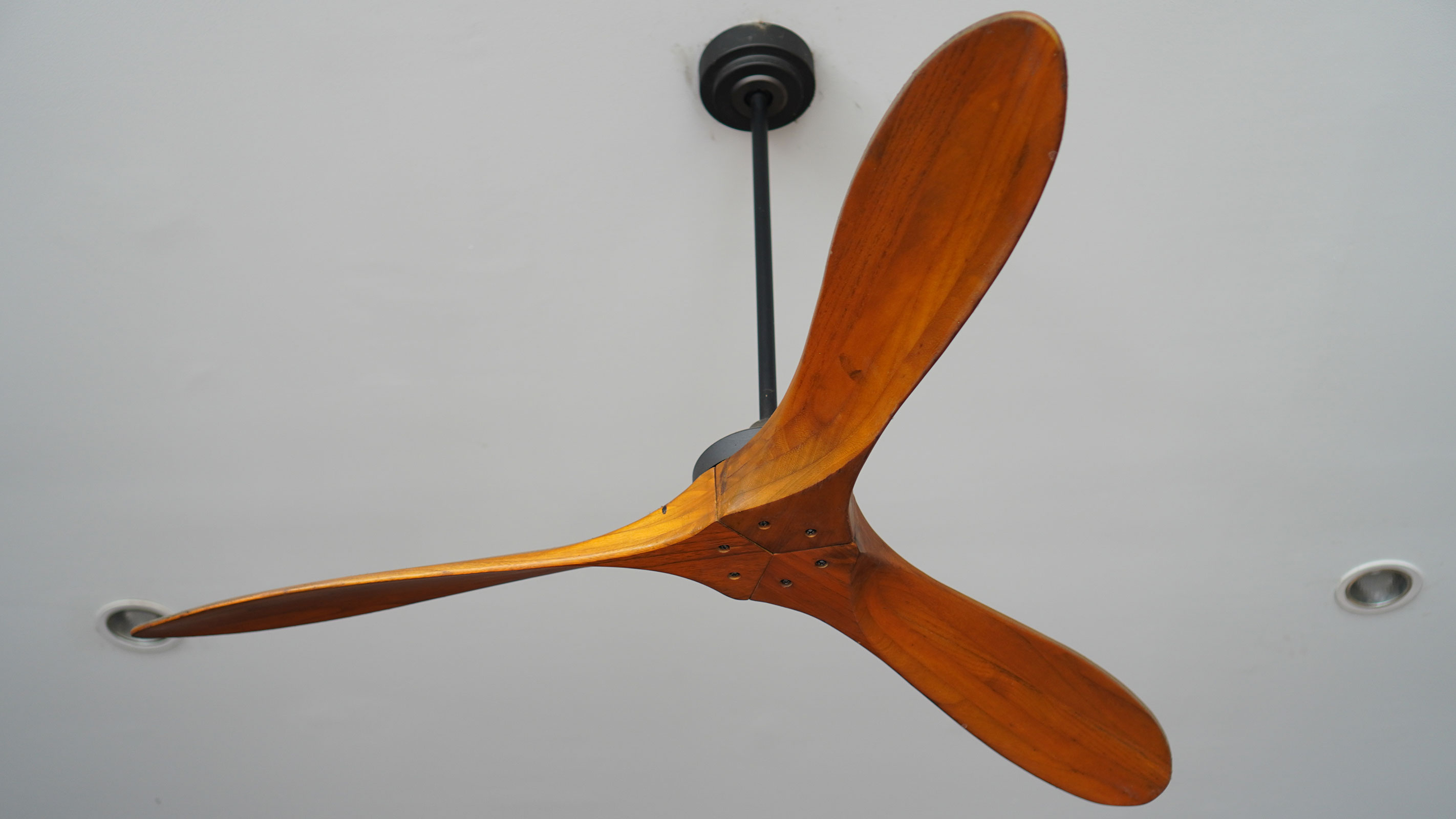
9. Turn off lights and appliances
All electrical appliances, when turned on, generate a certain amount of heat. Switching off items such as computers, the television, games consoles and the like will mean your room could well feel a little cooler.
Chargers will also give out heat — so if you need to top up your mobile battery, do it early in the morning.
Lightbulbs are another culprit when it comes to making a space feel warmer — table lamps next to the bed will really increase any discomfort caused by heat while trying to nod off.
The type of lightbulb you use will have an impact on how much heat is given off by your light fittings. "Light bulbs radiate heat, which isn’t particularly helpful during a heatwave. Conventional incandescent light bulbs generate light quite inefficiently, giving up to 90 percent of their energy as waste heat in the process," explains Matthew Currington, technical director of The Lighting Superstore
LED bulbs give off less heat as well as saving you money.

Matthew has worked for The Lighting Superstore for over two decades and looks after their internal systems. He also looks after all the design elements of the company's website, www.thelightingsuperstore.co.uk, which has a large range of lighting options for homes.
10. Use awnings to create shade
Not only are retractable awnings one of the best patio cover ideas around, they can also help to keep your house cool internally.
Whether you have a kitchen with a swathe of sliding glass doors or a living room with lots of large windows that faces out to your garden, you may well have felt the 'greenhouse effect' on those sunny days.
Adding an awning creates a cool, shady spot directly in front of any doors and windows, shielding them from the glare of the sun.
Being retractable, awnings are also a flexible option as they can be neatly tucked away when not in use – cassette awnings, semi-cassette awnings and open awnings are all options. They need not look dated either – there are some great modern deigns now available.
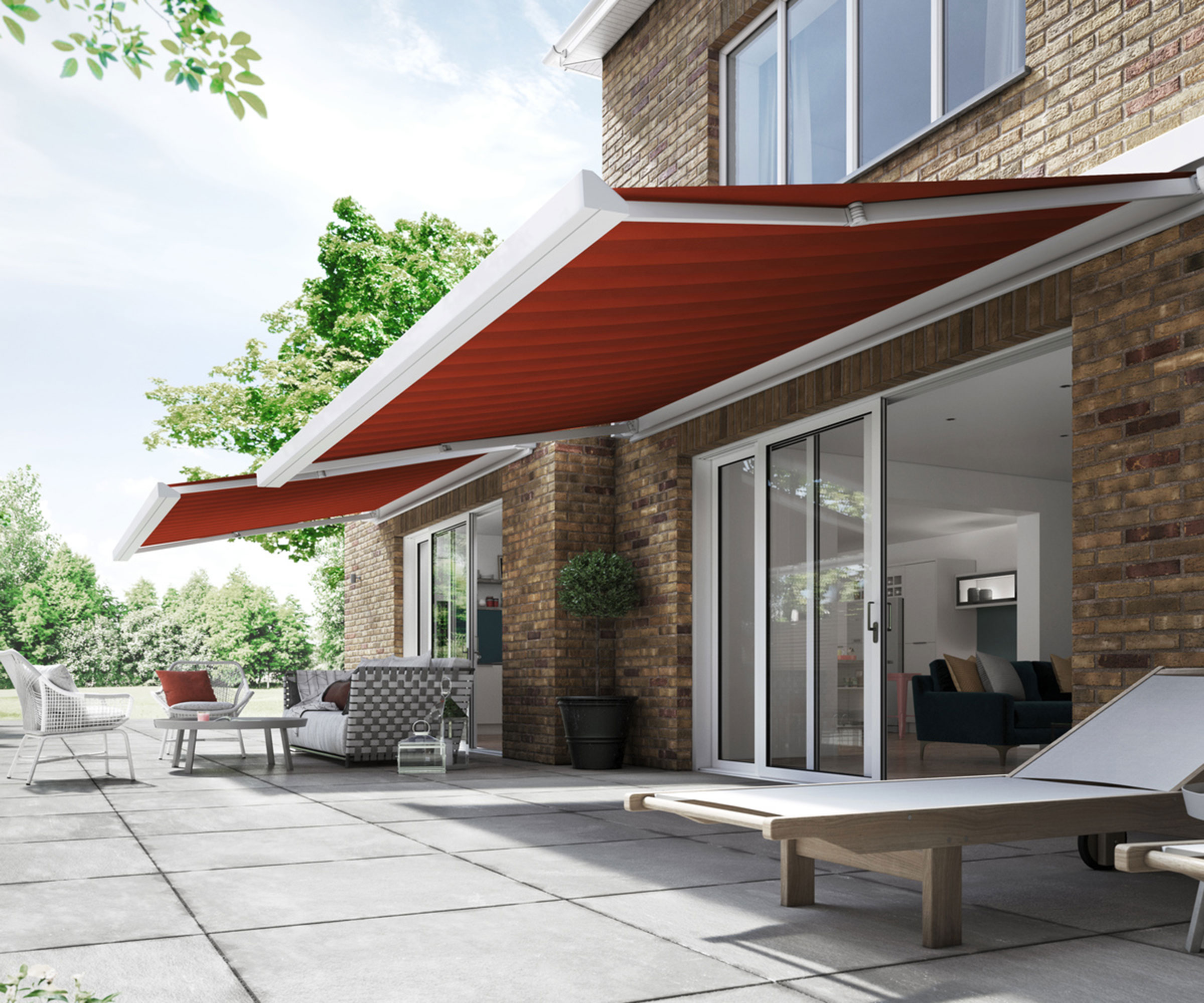
11. Fit solar control window film
If you have large amounts of glazing, or glass ceilings, applying a solar control window film is an inexpensive and easy way to ensure your rooms won't overheat – plus you can still enjoy views to outside. Yo can easy buy rolls of solar control window film on websites such as Amazon as well as other online sites such as B&Q.
Most are designed to be stuck to the glass, internally or externally, and they come with a range of benefits, such as UV control and heat rejection.
For those building new homes, conservatories or extensions, particularly those orientated south, consider specifiying solar control glass in any new windows.
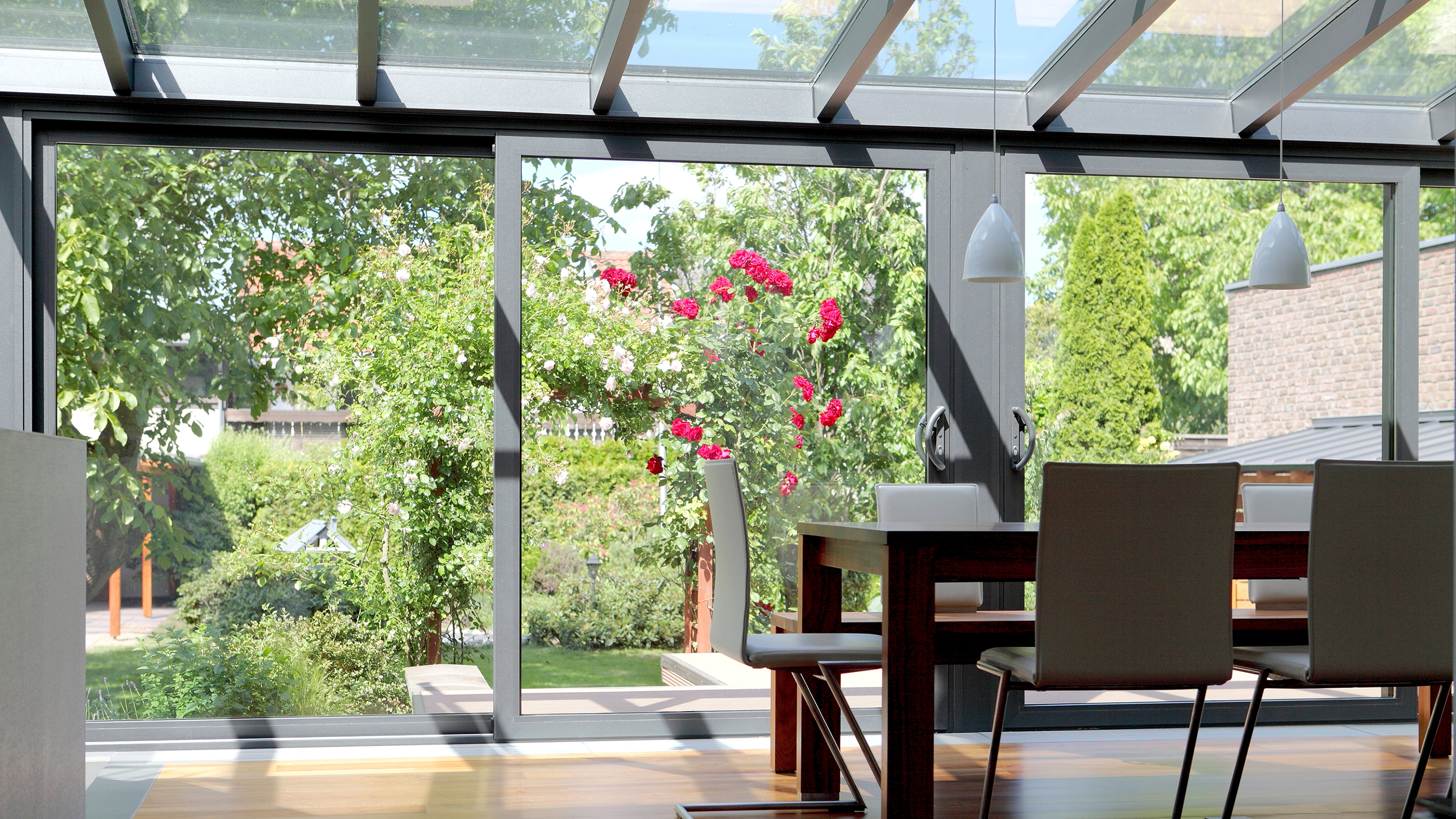
If you are considering installing air conditioning in your home, as is becoming more popular in the UK, it's worth taking a look at our guide on home air conditioning to see what it entails. In it our energy efficiency expert David Hilton looks at the different types as well as the pros and cons of each.
Natasha was Homebuilding & Renovating’s Associate Content Editor and was a member of the Homebuilding team for over two decades. In her role on Homebuilding & Renovating she imparted her knowledge on a wide range of renovation topics, from window condensation to renovating bathrooms, to removing walls and adding an extension. She continues to write for Homebuilding on these topics, and more. An experienced journalist and renovation expert, she also writes for a number of other homes titles, including Homes & Gardens and Ideal Homes. Over the years Natasha has renovated and carried out a side extension to a Victorian terrace. She is currently living in the rural Edwardian cottage she renovated and extended on a largely DIY basis, living on site for the duration of the project.
